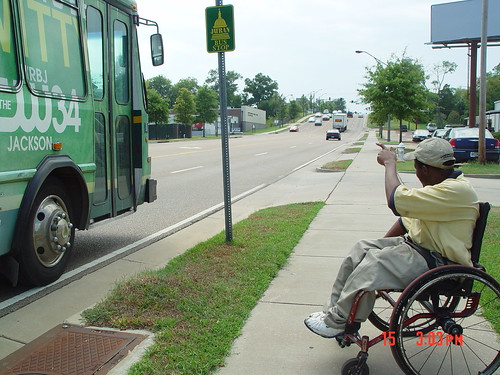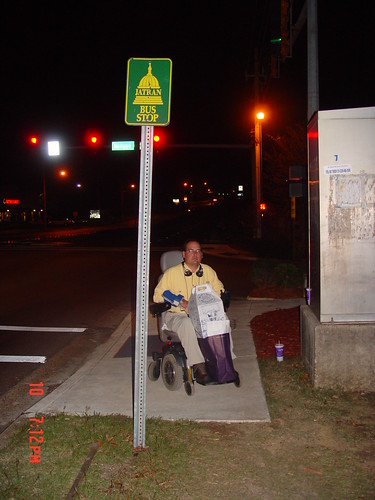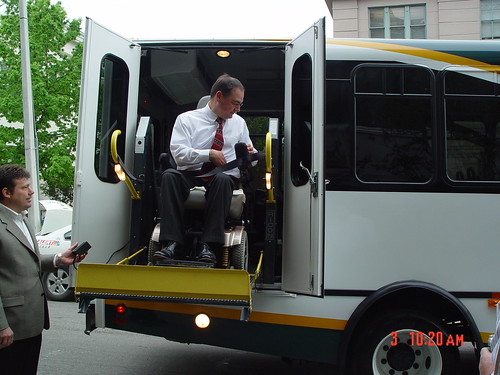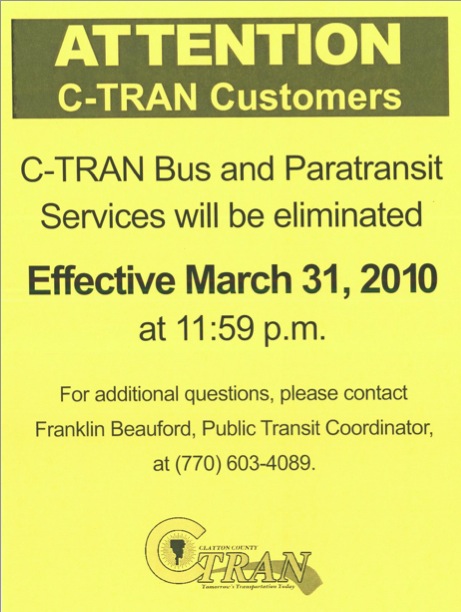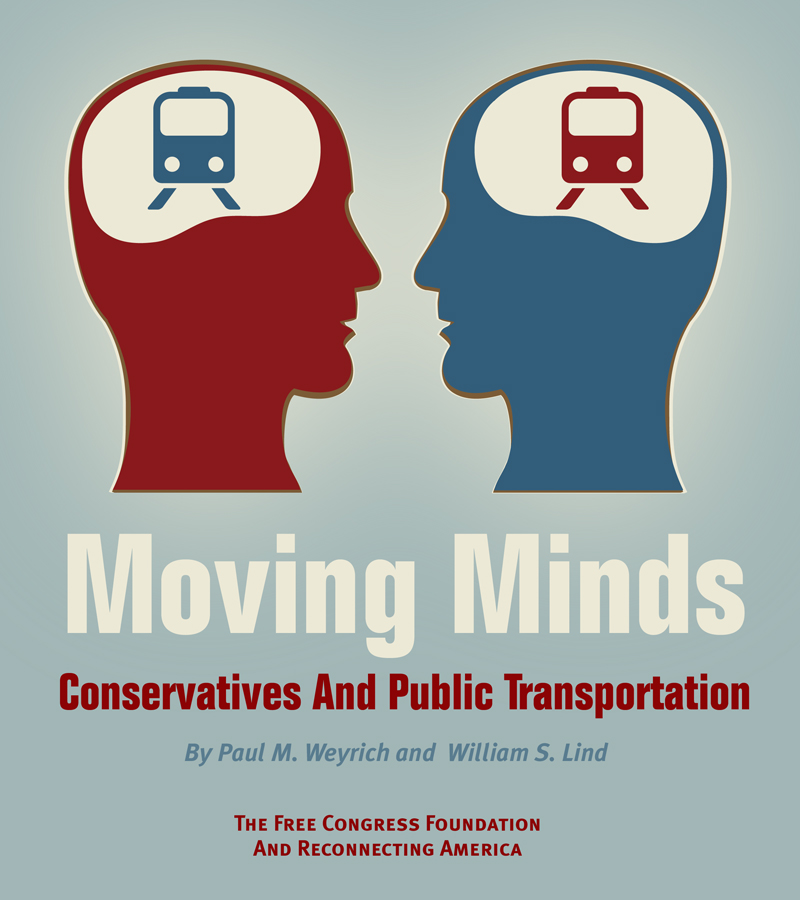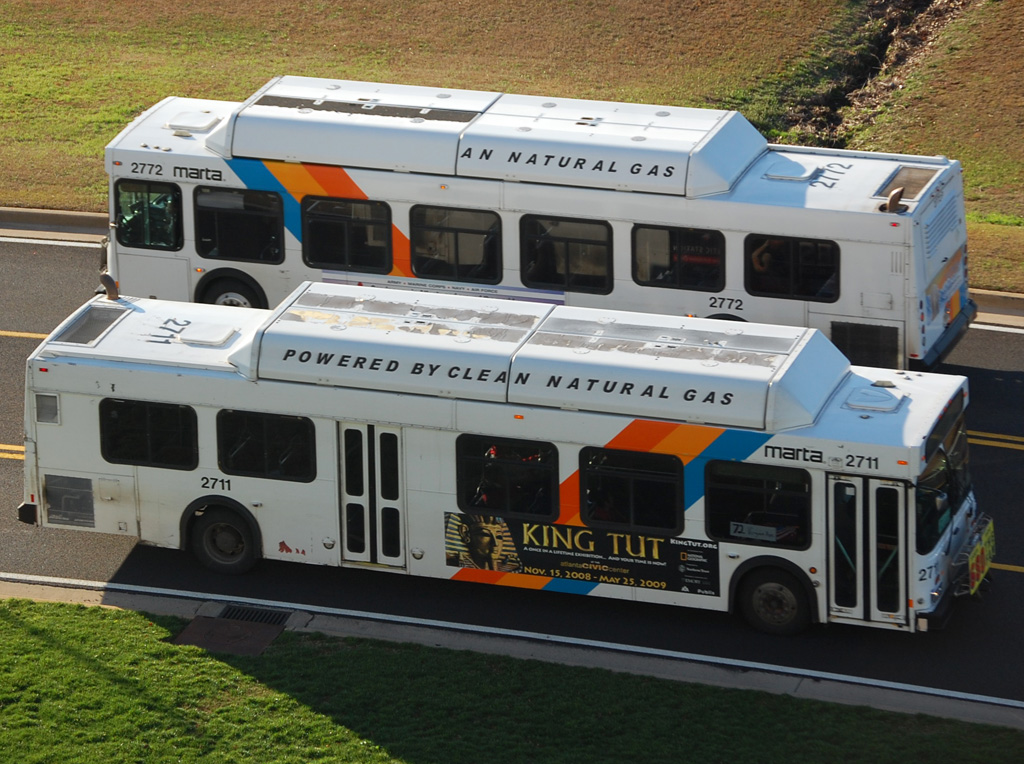
The current trend of more driving will make it harder for us to reach our emissions goals. Making public transit a more convenient and reliable option so people can access the things they need while taking shorter or fewer car trips is one way to reverse the trend of more driving.

This post was written by Rayla Bellis, Director of Thriving Communities at Smart Growth America, and Abi Grimminger, T4America Communications Associate. It’s the first of a series of posts on this topic—find the full set here.
Transportation accounts for the largest share of emissions in the US, and cars and trucks are responsible for nearly all of it. To fully decarbonize transportation by 2050, we need to transition to electric vehicles (EVs). But that transition is still decades away, and in the meantime the cumulative impacts of more driving and more emissions will make it harder for us to avoid the worst impacts of climate change. We cannot afford to wait until the 2040s to start bending the curve on transportation emissions: we need to take real action now. And we won’t get there if we continue to do what we’ve been doing: driving more and more (measured as vehicle miles traveled or VMT).
We need to give people better options for getting around without needing a car. That means public transit, and a lot more of it. Public transit isn’t a reliable option for most Americans. While about 80 percent of people in the US live within areas classified as “urban” (which includes the suburbs of urban centers), less than 10 percent of Americans live within walking distance of reliable, high quality transit that comes every 15 minutes. And 45 percent of Americans have no access to transit at all.
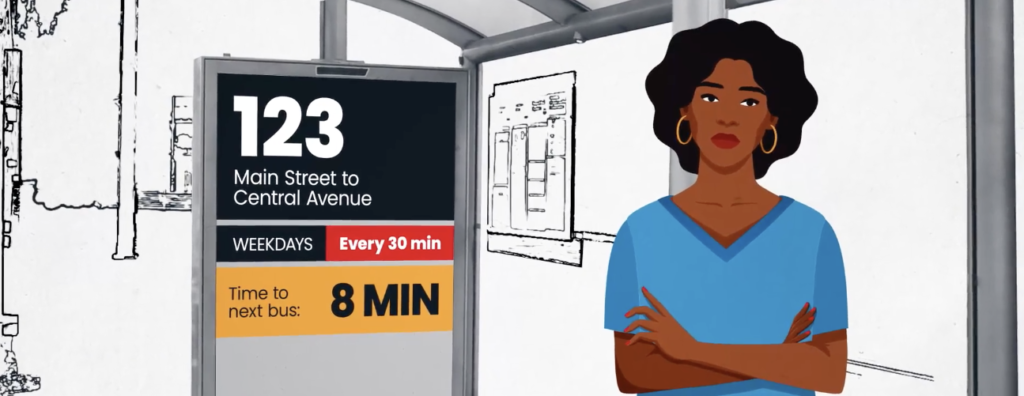
Yet the federal government gives transit just 20 percent of surface transportation funding, and the rest goes to highways (which often funds highway expansions that make public transit even harder to use). Transit agencies can use this funding to repair and maintain their systems and to build out new services—but they can’t use it to help cover the cost of operating their systems, which accounts for two-thirds of a transit agency’s total expenses. This has put an enormous strain on agencies’ budgets, particularly as they continue to suffer from reduced fare revenue as a result of the COVID-19 pandemic.
We can afford to do better
In partnership with Third Way, Transportation for America recently analyzed 288 of the largest urbanized areas in the U.S. to help us understand just how much we would need to increase transit operating funding in those regions to enable residents to drive less. 60 percent of all driving happens in these 288 urbanized areas. While the scale of CO2 reduction we need isn’t something transit—or EVs, or any other single strategy—can fulfill alone, it turns out we can make real headway with an achievable increase in transit spending.
While more than two-thirds of the urbanized areas analyzed currently spend less than $100 per person on transit operations, there’s a correlation between more transit operations funding and lower amounts of driving in these metro areas. Our analysis found less driving per capita in the areas that spend more on transit operations per person (keep an eye out for a full report soon with more detail on our methodology and analysis results). That means that if we increase operating spending per person across those urbanized areas and continue to scale that spending up over time, we can expect to see meaningful reductions in driving.
We estimate that if we doubled transit spending in all of those urbanized areas by 2050, VMT in those regions will be 6.1 percent below its current growth trajectory. If we triple our investment in transit operations, VMT would be 10.7 percent lower. That’s less time spent commuting, less time in traffic, and less emissions warming our planet.
In fact, doubling or tripling transit spending would be roughly equivalent to taking every single gas-powered car off the road for about an entire day every two months for the next 30 years. If we fail to reach our goals of 100% electric vehicles by 2050, it would be closer to a day every single month with no emissions whatsoever from gas-powered vehicles.
VMT reduction impacts of increased transit spending
The 288 urbanized areas we analyzed spent $48 billion on transit operations in 2019.
| By 2050, if we ↧ ↧ | By 2050, we would increase annual transit spending to... | And see VMT reduction across those urbanized areas in 2050 of... |
|---|---|---|
| ...double transit operating spending in each urbanized area | $94 billion | -6.1% (143 billion fewer miles per year than projected) |
| ...triple transit operating spending in each urbanized area | $120 billion | -10.7% (250 billion fewer miles per year than projected) |
Estimated using 2019 transit operating spending from the National Transit Database and 2019 per capita VMT from the Federal Highway Administration. Scenarios doubling or tripling transit spending were capped at a maximum of $800 per person in each urbanized area.
While we won’t be able to double or triple transit operating spending overnight, these are investments we can—and need to—start making now. Unfortunately, the federal government is continuing to turn a blind eye to the need for better transit funding if we ever want to reach our climate goals. Though the Infrastructure Investment and Jobs Act increased federal spending on transit, this legislation provides an historic amount of money for highways and prioritizes car travel. That will encourage driving-oriented road projects and development decisions that make our investments in transit less effective and the service we do have more difficult to access. A transit stop that’s dangerous or difficult to reach is a transit stop that will be underutilized, only being used by those people willing to endure the difficulty or risk. A broad coalition of stakeholders is urging $10 billion more for transit in the budget reconciliation package, which can be used to cover operating costs. Though transit will ultimately need much more than this to enable us to meet our climate goals, $10 billion is an important step in the right direction.
There’s more to this story
It’s not just about pumping more money into transit—how we provide transit service matters. In order to reduce the amount we drive, we’ll need to ensure that transit effectively connects people to the places they need to go. We’ll be doing a series of blog posts analyzing what it would take to build a national transit system that helps get us to our climate goals.




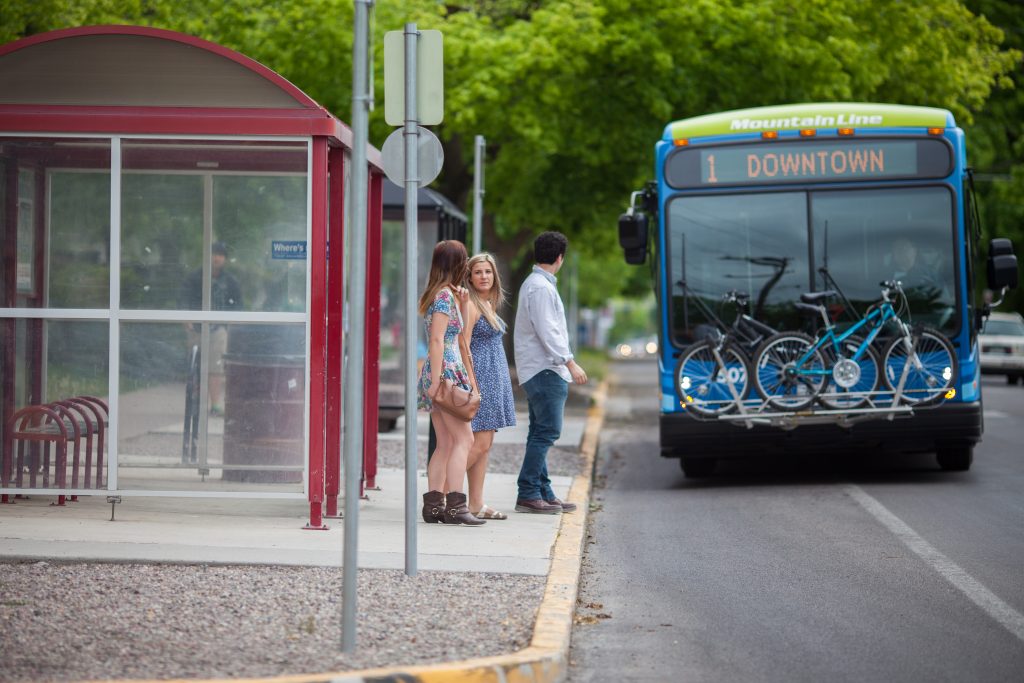
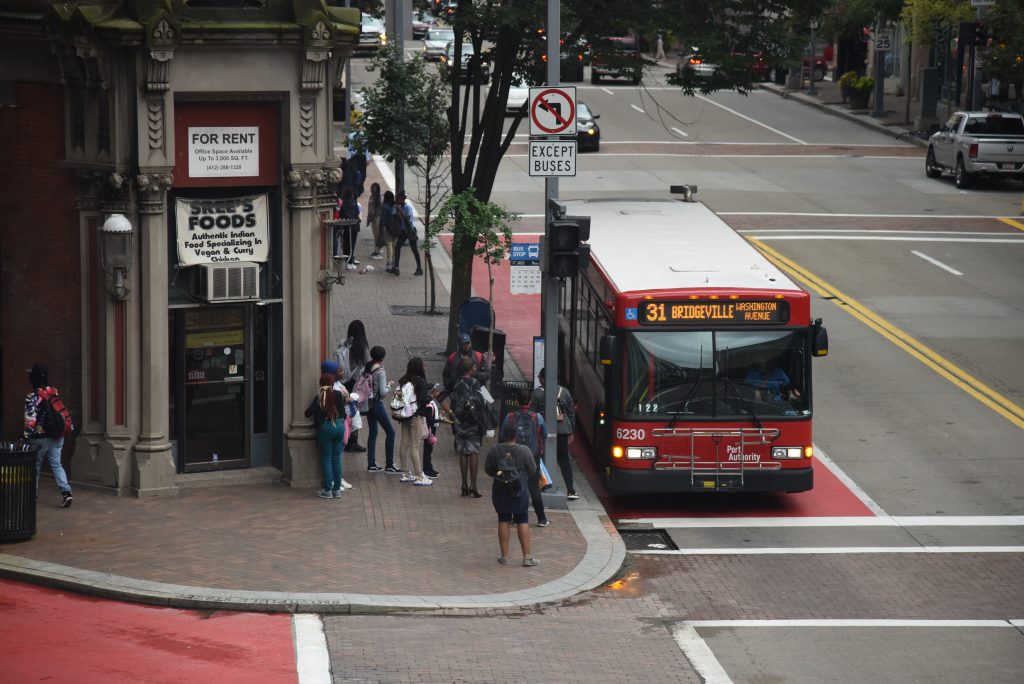
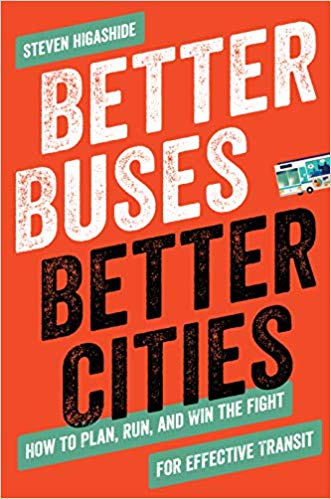
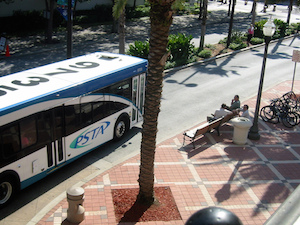
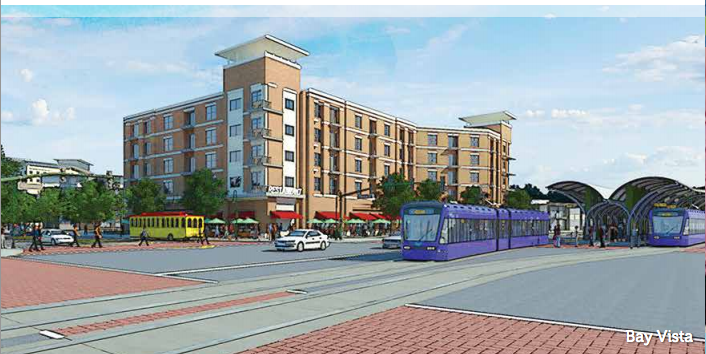
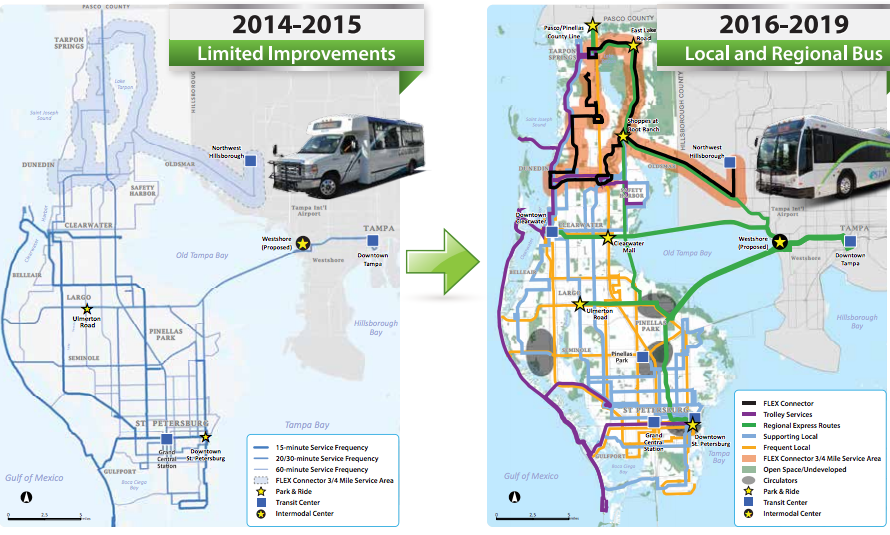

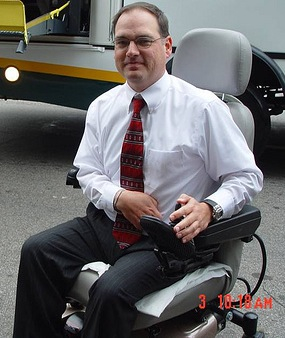 In the midst of discouraging news coming from hundreds of transit agencies across the country facing difficult choices in the midst of budget crises (
In the midst of discouraging news coming from hundreds of transit agencies across the country facing difficult choices in the midst of budget crises (